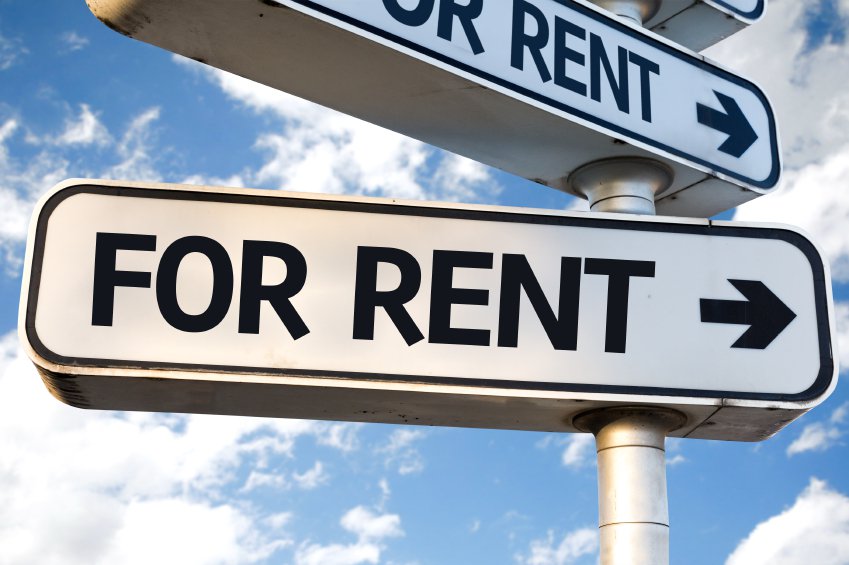North West England most lucrative area for landlords
The North West of England has received an early Christmas present with the news that it is the most lucrative region in Britain for private sector landlords.
Both Manchester and Liverpool made it into the top-four cities for rental yields.
Northern Rule
Online property marketplace LendInvest’s latest quarterly report indicates that Sunderland, Blackburn and Durham also rank highly in the list, as the North as a whole enjoys substantial yields. In terms of house price growth, London and the South East lead the way.
Lendinvest’s report also looks at trends in rental yields, capital gains and total gross return on investment. The top 15 performing postcode regions for capital gains were all located in London and the surrounding area. Inner London however stands in 18th place for rental yield, but top for capital gains.
Capital gains carry on tracking average house prices, with 80% of the 15 best postcode areas also featuring for average house prices. However, the report shows that rental yields are no indication of average house values. Just one of the top 15 postcode areas for rental yields featured in the top 15 for property prices.
Impact
Christian Faes, chief executive of LendInvest, feels that the stamp duty tax changes coming into force next year could have a serious impact on the market. Faes said, ‘there could be some weakening in London’s dominance of capital gains tables if house price growth does soften slightly as forecast and as new buy to let stamp duty hikes take effect.’[1]
‘Inner London margins may narrow slightly, creating opportunities for house prices in other postcode areas, particularly those in the South of England, to better compete,’ he continued. [1]

North West England most lucrative area for landlords
Faes went on to say that he feels changes to mortgage interest tax relief and stamp duty for buy to let landlords will ultimately professionalise the market. ‘Landlords whose tax payments under the new regime make letting their properties unsustainable, may make arrangements to leave the market. In turn, we will see fewer highly geared rental properties that push up prices and take stock out of the housing supply for aspiring owner occupiers and first time buyers drawn to densely populated urban area for work.’[1]
Cross Country
Mr Faes also said that there is no one place for market leading yields and capital gains. He believes that 2016 could be the year for the, ‘cross country landlords,’- landlords who live in one city but rent out homes in another.
‘We could expect to see more landlords letting property in the North and Midlands’ major urban areas for more immediate upside, without moving from their family homes in which gains can be longer to materialise,’ he concluded.[1]
[1] http://www.propertywire.com/news/europe/uk-landlords-rents-yields-2015121411318.html







